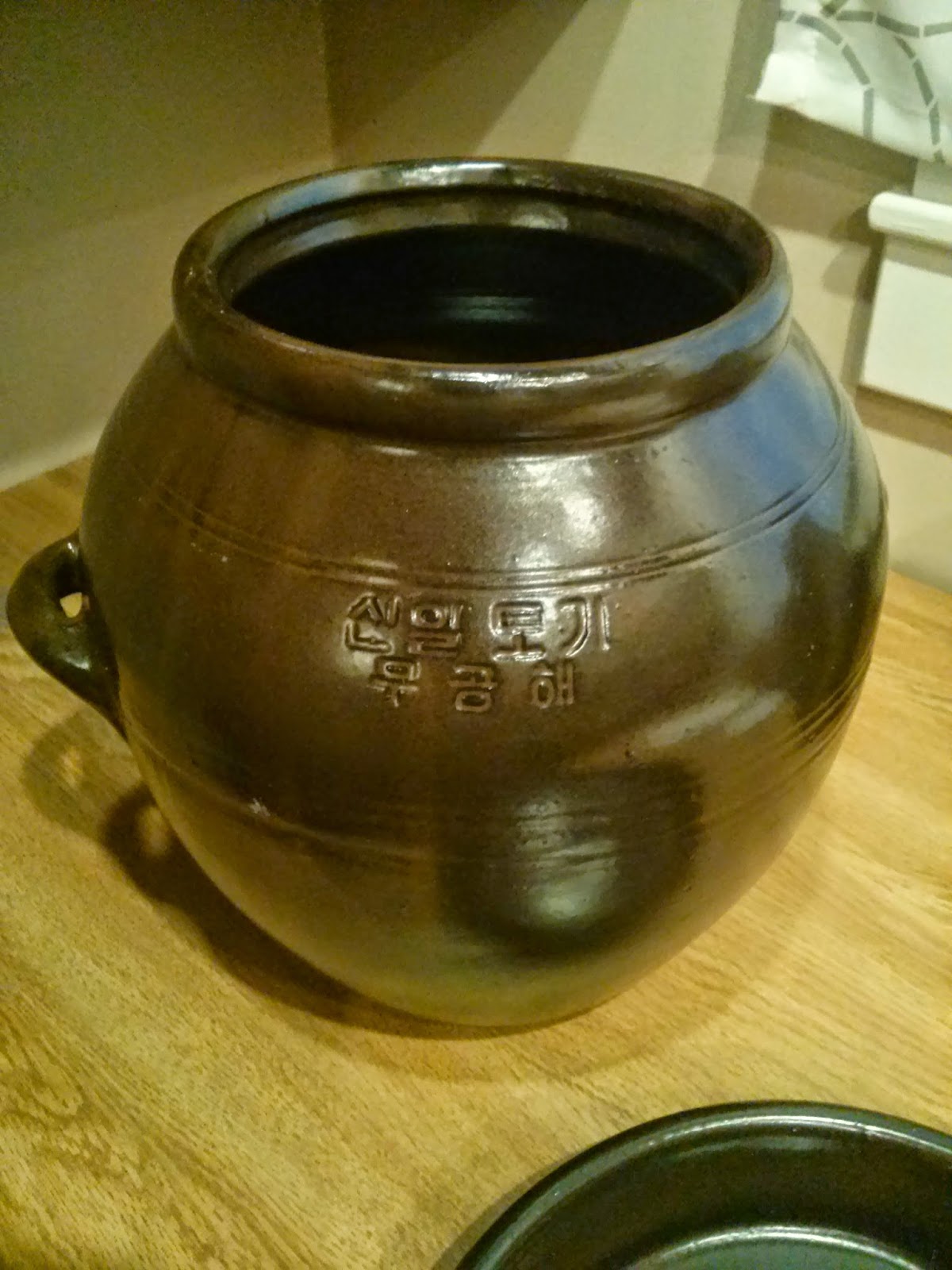New Hangari

Great news! I got a new hangari! What's a hangari? (항아리) Hangari is the clay jar traditionally used to ferment all kinds of foods or beverages in Korean cuisine. These are the big brown jugs that house kimchi, rice wine, and medicinal extracts. They come in various shapes and sizes, but they are usually made with clay and have a characteristic brown glaze. They are heavy, cumbersome objects, but they represent a traditional way of brewing makgeolli that I must explore. I used a small hangari several times when brewing makgeolli in Korea. However, I've learned a lot since then and want to continue experimenting brewing using hangari. Hangari may also be called onggi. Below I'll give a quick summary of the pros and cons of using a hangari, as well as a few methods used to prepare hangari for brewing. This content was originally found in Jeontongju that You Can Easily Make at Home by Lee SeokJun ( 전통주 집에서 쉽게 만들기, 이석준 ). It has been translated from the original text b...